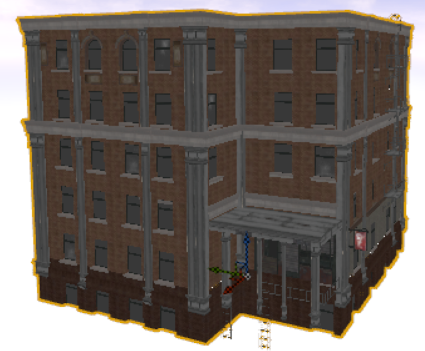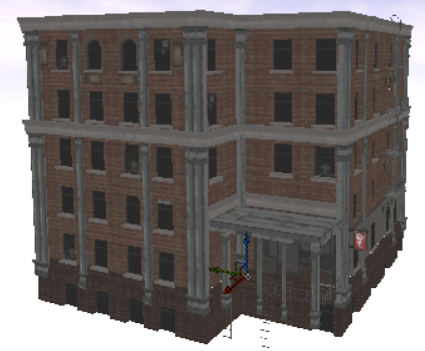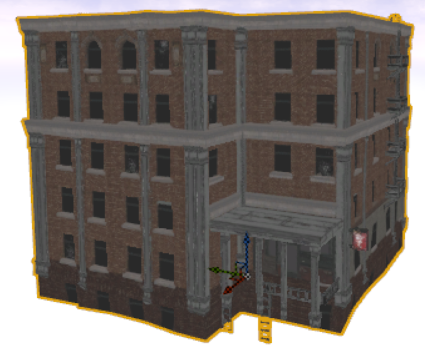# Stand-in Actor
The main purpose of the Stand-in actor is to do a complete replacement of a group source actors instead of switching at a certain distance. The replacement is handled at cook time where the source actors are ignored and never cooked. This allows you to still be able to modify your stand-in through the Stand-in outliner while running the editor.
There are two types of Stand-ins: Far and Near, where Far is more suited for background actors and Near for more close up, but you are of course encourage to use it however you want. If you have worked with HLOD before you'll recognize the workflow for stand-in actor as well.
# Near vs. Far
The main differences between Near and Far as stand-in type is that the latter uses the Remeshing processor to generate a proxy mesh. Meanwhile Near is using the Aggregation processor to merge existing geometry data.
# Near Stand-in
Merges all source actors to one single actor and with default settings retaining original materials and reduces internal triangles. The texture fidelity is retained, which means that the resulting actor can be used close to the camera. It reduces the number of draw calls for kit-bashed actors at the cost of geometry data. For even further draw call reduction, materials can be baked into one single material by enabling Material Simplification


# Far Stand-in
Generates a proxy actor that can be used as a representation when the actor is far from the camera. The resulting mesh will only cost one draw call and is a hollow shell. Texture resolution is typically reduced, so probably not for use close to the camera (but feel free to play around with it). The process will add geometry data and a new material (with associated textures).

